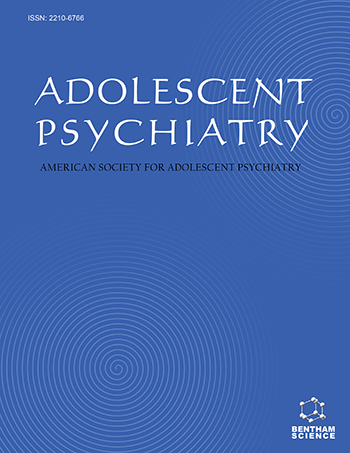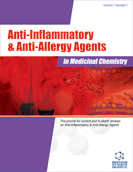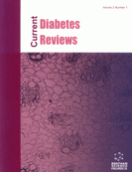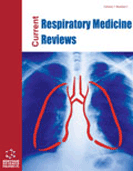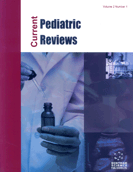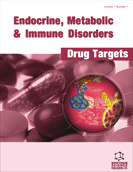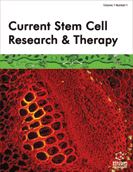Abstract
Background: In addition to well-known cognitive impairments, there are disruptions in processing emotions in individuals with substance dependence and in those predisposed to drug abuse. Neurofeedback training-based intervention is one of the potentially efficacious nonpharmacological treatment options for substance use disorders. Several neurofeedback protocols which reported success in treating addictive behaviors have been employed. However, there are no studies on the use of neurofeedback in occasional drug users who have a drug use history have not yet developed substance use disorder or substance dependence.
Method: We tested a protocol that may be useful to prevent drug abuse through self-regulation training aimed at enhancing EEG measures of positive emotional states. One of the aims of this pilot case series study was to determine the dynamics of self-reported perceived positive emotional state rating before, during and after twelve 25-minute long neurofeedback training course in two groups of subjects. One group of subjects (N=6) had a documented drug use history, most of them referred from the local metro operated mental health community center for adolescents; and the other group were drug-naïve subjects (N=5), recruited mostly from undergraduate students. Our hypothesis was that learning to increase the prefrontal 40 Hzcentered EEG band (a gamma frequency) power over 12 training sessions is possible and will be accompanied by increased ratings of positive affect. We trained subjects to increase a 40 Hz gamma measure (i.e., a “clarified 40 Hz-centered gamma” index termed “Neureka!”) at a prefrontal site above FPz, in the middle of the forehead, referenced to the left ear. Results and Discussion: Neurofeedback training was accompanied by a highly significant linear increase of the “40 Hz gamma” measure and a less significant change in the relative power of the gamma activity in 35-45 Hz range. Individual reports of self-recorded happiness scores assessed during each neurofeedback session using the Continuous Response Digital Interface (CRDI) showed a linear increase both during and across training sessions. Both posttraining evaluations and 3.9 months follow-ups showed increased happiness ratings in both groups of subjects in this study. Neurofeedback training also resulted in better performance on the MicroCog and IVA+Plus neurocognitive tests. Conclusion: This proposed neurofeedback training method is promising for increasing both present happiness and future health. It needs further research and clinical trials to be validated as a method of positive emotion self-regulation in adolescents, particularly those predisposed towards drug abuse.Keywords: Adolescents, drug abuse, EEG, emotion, neurofeedback.


